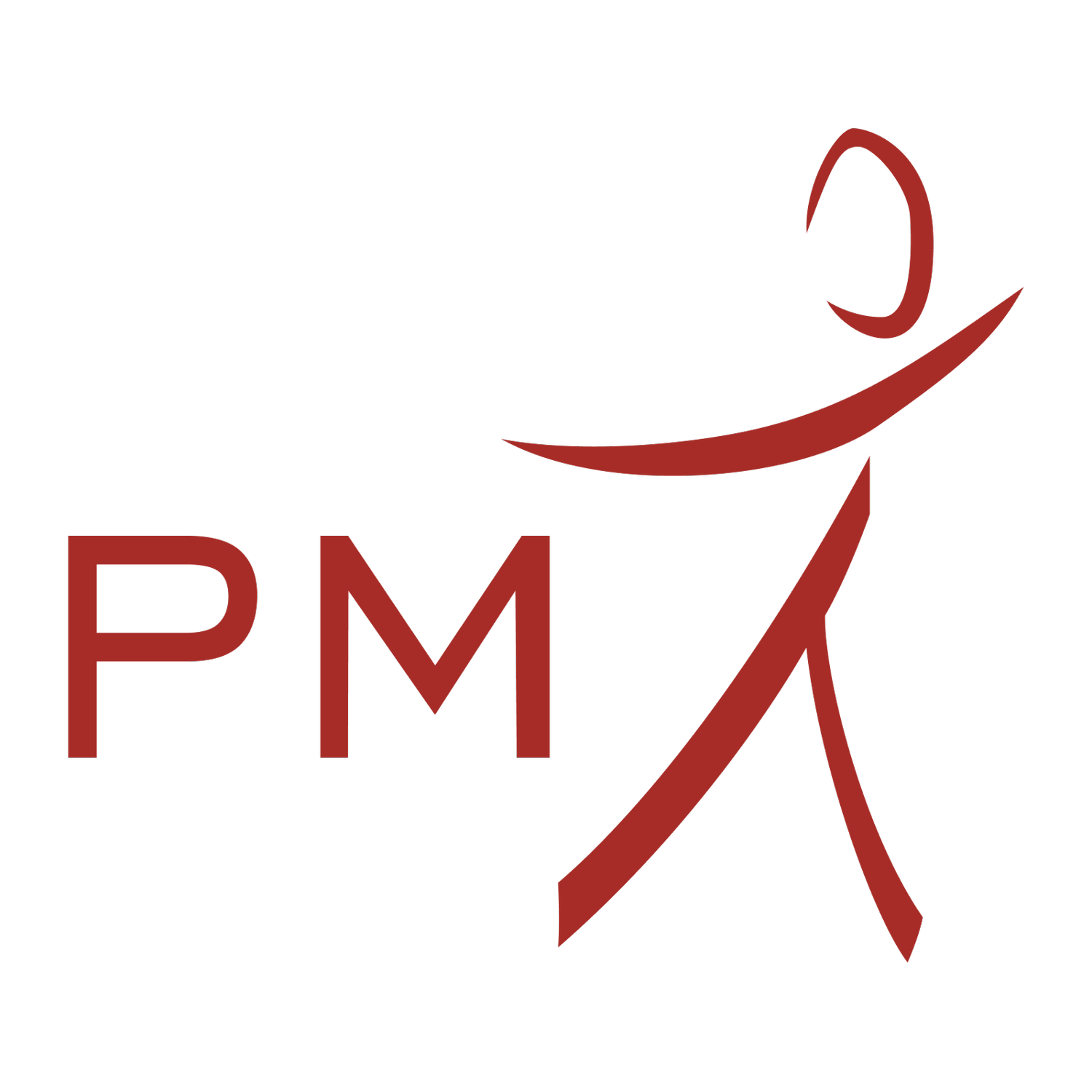Plantar Fasciitis
What is Plantar Fasciitis?
Plantar fasciitis is a common cause of pain in the heel at the sole of your foot. It is often throbbing pain, tender and warm on palpation, which indicates that it is inflamed.
Usually, it is most uncomfortable on first arising from bed in the morning, prolonged periods of walking / running or moving again immediately after a period of inactivity.
The plantar fascia is sheet of soft tissue similar to a ligament that runs from the heel to the base of the toes that supports the arch of the foot and p
Do Heel Spurs Cause Plantar Fasciitis?
Up to half of all patients with plantar fasciitis have a heel spur – they are a sign of plantar fasciitis; not a cause. The spur is due to the body’s healing response to the chronic micro tears of the fascia at its’ heel attachment. Scar tissue is laid down to repair this damage and calcifies over time eventually enlarging the attachment site that can be then seen as a spur.
What Causes Plantar Fasciitis?
During our gait cycle when the foot flattens (pronates) as we place weight onto it, the arch elongates and places a tensile (stretching) load on the plantar fascia – a normal movement pattern. However, poor biomechanics such as excessive pronation of the foot will result in over stretching of the fascia particularly at its’ attachment at the heel, which leads to inflammation and pain.
Non-optimal biomechanics in the foot is often associated with other musculoskeletal asymmetries in other regions of the body causing the foot to compensate as a result. Other causes of plantar fasciitis include tightness in the calf muscles, recent significant weight gain, increased activity levels or a new sport, inappropriate footwear and a loss of the protective fat pad cushion on the bottom of the heel associated with ageing.
Treatment will involve manual ‘hands on’ joint corrections, soft tissue release, acupuncture and dry needling techniques, and an individualized exercise program
How is Plantar Fasciitis Treated?
Once a full assessment and diagnosis has been made by a Physiotherapist, resolution of pain is most often achieved through a combination of treatment modalities. To minimise pain and prevent its recurrence, the following regime is recommended:
Rest & modification: Rest and activity modification as advised by your Podiatrist or Physiotherapist
Ice: Apply ice for 10-15 minutes to the painful area using a damp towel to protect the skin from an ice burn. Recommended 2-3 times daily.
Exercise program: Compliance with the exercise program prescribed by your therapist e.g., plantar fascia and calf stretches. Each program will be customised for your body to specifically target your causative factors as prescribed by your podiatrist.
Orthotics: The use of heel raisers or orthoses (orthotics) if needed
Footwear modification: Footwear modification as suggested by your therapist:
Shoes with a heel elevation of approximately 2cm preferably with a cushioned sole during acute phases
Footwear able to accommodate orthotics if needed
Minimise barefoot walking



